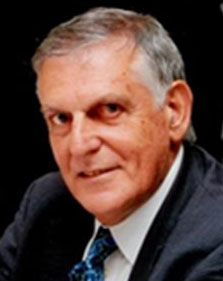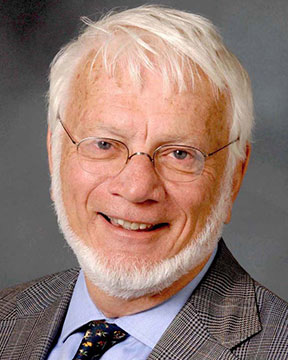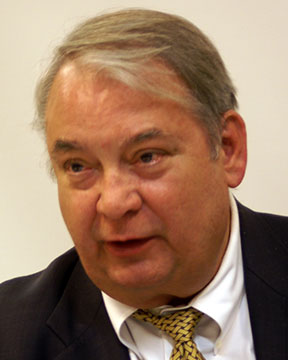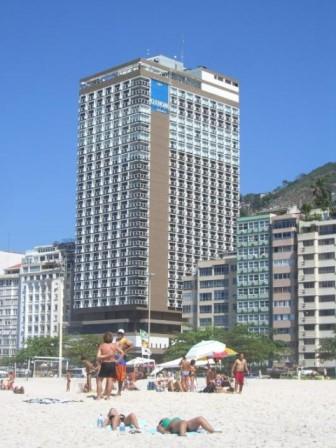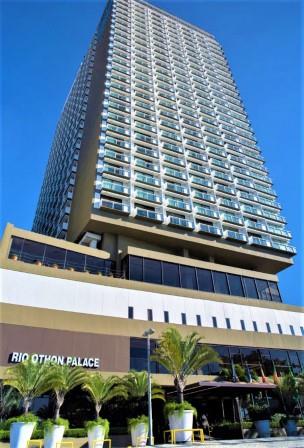ORALS
SESSION: AdvancedMaterialsMonPM3-R6
| 4th Intl. Symp. on New and Advanced Materials and Technologies for Energy, Environment and Sustainable Development |
| Mon Nov, 5 2018 / Room: Guaratiba (60/2nd) | |
| Session Chairs: Krzysztof Wierzbanowski; Andrzej Baczmanski; Session Monitor: TBA |
17:40: [AdvancedMaterialsMonPM313] Invited
Microstructure, Texture and Mechanical Characteristics of Polycrystalline Copper After Asymmetric Rolling Agnieszka
Uniwersał
1 ;
Krzysztof
Wierzbanowski1 ; Mirosław
Wrobel
1 ; Sebastian
Wronski
1 ; Marcin
Wronski
1 ;
0 ;
1AGH University of Science and Technology, Kraków, Poland;
Paper Id: 200
[Abstract] In the recent years, asymmetric rolling has attracted the attention of metallurgists and material scientists. This deformation process has a number of advantages: it can be used to improve material properties as well as some technological rolling parameters [1-5]. This geometry of deformation is relatively easy to implement on existing industrial rolling mills, and it can provide large volumes of a material. The study of microstructure, crystallographic texture, and stored energy in asymmetrically rolled polycrystalline metals (copper, aluminum and titanium) are presented in this work. The characteristics above were examined using the EBSD technique, X-ray diffraction, and calorimetric measurements. The mechanical aspects of the process were examined experimentally and studied using the Finite Element Method. The rolling asymmetry was realized using either two identical rolls rotating with different angular velocities, or two rolls with different diameters rotating with the same angular velocity. <br />It was found that asymmetric rolling leads to important microstructure modifications, grain refinement, texture rotation and its homogenization. The mechanical strength and hardness of the processed material are improved. The estimated stored energy accumulated during deformation is higher after asymmetric rolling, which influences the subsequent annealing process. The material bending, resulting in this process, can be partly controlled by an appropriate choice of rolling process parameters. The rolling normal force is reduced and distribution of torques between two work rolls is modified in asymmetric rolling process, as compared with the symmetric one.
References:
[1] M. Wronski, K. Wierzbanowski, S. Wronski, B. Bacroix, P. Lipinski, Int. J. Mech. Sci., 87 (2014) 258-267\n[2] M. Wronski, K. Wierzbanowski, S. Wronski, B. Bacroix and P. Lipinski, Arch. Metall. Mater., 62 (2017) 1991-1999\n[3] M. Wronski, K. Wierzbanowski, M. Wrobel, S. Wronski, B. Bacroix, Met. Mater. Int., 21 (2015) 805-814\n[4] A. Uniwersal, M. Wronski, M. Wrobel, K. Wierzbanowski, A. Baczmanski, Acta Mater., 139 (2017) 30-38\n[5] A. Uniwersal, M.Wrobel, K. Wierzbanowski, S. Wronski, M. Wronski, I. Kalemba-Rec, T. Sak, B. Bacroix, Mater. Charact., 118 (2016) 575-583


